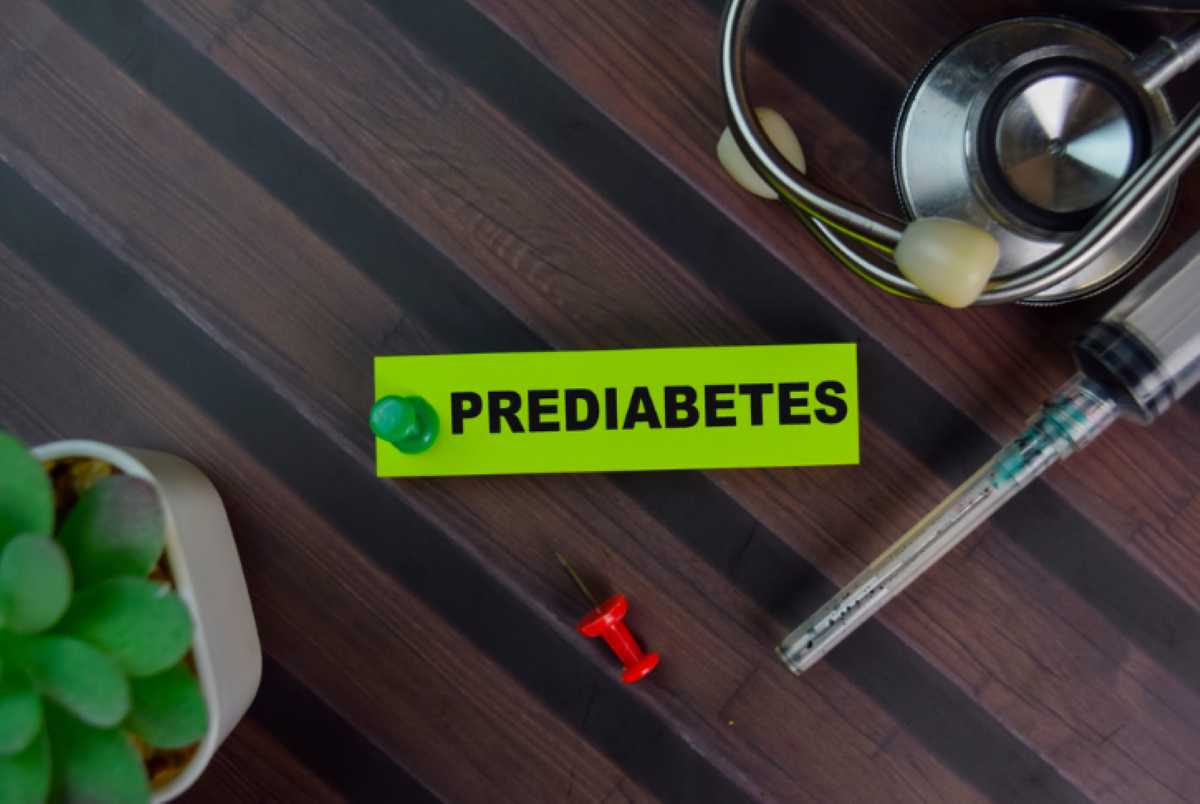Pre-Diabetes: Signs, Symptoms, and Prevention Tips
What Is Prediabetes?
Prediabetes, also known as borderline diabetes, occurs when blood sugar levels are higher than normal but not high enough to be classified as diabetes. It is often a precursor to type 2 diabetes, with many individuals with type 2 diabetes first experiencing prediabetes. Despite its significance, prediabetes symptoms are not noticeable. Approximately 98 million individuals in the U.S. have prediabetes, but the vast majority are unaware of their condition.
Noteworthy aliases for prediabetes include impaired glucose tolerance (IGT), impaired fasting glucose (IFG), impaired glucose regulation (IGR), and non-diabetic hyperglycemia. If you suspect prediabetes, consulting the best diabetology doctor in Mumbai at Dr LH Hiranandani Hospital is a proactive step toward preventive care.
Prediabetes Symptoms
Prediabetes often does not exhibit noticeable symptoms, making it challenging to identify without specific tests. However, there are certain prediabetes symptoms that may indicate the presence of prediabetes. These include:
- Increased Thirst: People with prediabetes may find themselves feeling consistently thirstier than usual.
- Frequent Urination: Prediabetes can lead to an increase in urination frequency.
- Blurry Vision: Individuals with prediabetes may experience blurry or unclear vision.
- Fatigue: Feeling excessively tired or fatigued could potentially be a symptom of prediabetes.
- Darkened Skin Patches: Some individuals may develop areas of darker skin in their armpits or on their neck.
- Skin Growths: Small skin growths may appear in the same areas mentioned above.
For diabetology treatment in Mumbai, a visit to Dr LH Hiranandani Hospital could provide clarity and guidance.
Symptoms of Prediabetes in Females
Some early signs of diabetes that might affect women more. These signs include:
- Women with diabetes may have a higher chance of getting these infections compared to those without diabetes.
- Diabetes can sometimes cause changes in menstrual cycles, leading to periods that last longer or are heavier than usual.
- Some women with diabetes may experience a decrease in their desire for sexual activity.
- Diabetes can cause dryness in the vaginal area, which may make sexual intercourse uncomfortable or painful.
- Diabetes could also impact fertility in women, making it harder for them to conceive.
What Causes Prediabetes?
Prediabetes arises due to the presence of insulin resistance, a condition where the body produces insulin - a hormone crucial for regulating blood sugar levels - but fails to utilize it effectively. Consequently, this inefficiency leads to elevated blood sugar levels beyond the normal range. Several factors contribute to the development of insulin resistance and subsequently prediabetes:
- Genetics: Family history can play a significant role in predisposing individuals to insulin resistance and prediabetes.
- Excess Body Fat: Being overweight or obese, especially having excess abdominal fat, increases the risk of developing insulin resistance and prediabetes.
- Long-term Stress: Prolonged stress can impact hormone levels and contribute to insulin resistance.
- Sleep Loss: Inadequate and poor-quality sleep have been linked to insulin resistance and an increased risk of prediabetes.
- Physical Inactivity: Lack of regular exercise and a sedentary lifestyle can contribute to insulin resistance and higher blood sugar levels.
- Unhealthy Diet: Consuming a diet high in processed foods, sugary beverages, and low in fruits, vegetables, nuts, whole grains, and healthy fats can increase the risk of prediabetes.
- Hormonal Health Conditions: Conditions like Cushing's syndrome and hypothyroidism can impact insulin sensitivity and contribute to prediabetes.
- Certain Medications: Long-term use of medications like corticosteroids can lead to insulin resistance and elevated blood sugar levels.
Prediabetes Risk Factors
Certain factors can increase an individual's risk of developing prediabetes. These include:
- Being over 45 years old increases the likelihood of prediabetes.
- Being overweight or obese, especially with excess belly fat, is a significant risk factor.
- Having a family history of diabetes or prediabetes raises the risk.
- Lack of regular exercise and a sedentary lifestyle contribute to prediabetes risk.
- Instead of prediabetes diet, consuming excessive red and processed meats, sugary beverages, and inadequate fruits, vegetables, nuts, whole grains, or healthy fats can increase risk.
- Certain ethnic groups, including African Americans, Hispanics, Native Americans, Asian Americans, and Pacific Islanders, are more prone to prediabetes.
- Having gestational diabetes or giving birth to a baby weighing over nine pounds increases the likelihood of prediabetes.
- Women with PCOS have a higher risk of developing prediabetes.
- Conditions such as sleep apnea can contribute to insulin resistance and prediabetes.
- Conditions like high blood pressure, abnormal cholesterol levels, and hormonal disorders can increase the risk.
- Certain medications, like corticosteroids, can raise blood sugar levels and contribute to prediabetes risk.
Prediabetes Prevention Tips
Here are some key tips for preventing prediabetes:
- Focus on a prediabetes diet rich in fruits, vegetables, whole grains, lean proteins, and healthy fats. Limit the intake of processed foods, sugary beverages, and excessive red meat.
- Maintaining a healthy weight through a combination of regular physical activity and a well-rounded diet can significantly reduce the risk of prediabetes.
- Engage in regular exercise, aiming for at least 150 minutes of moderate-intensity aerobic activity per week, such as brisk walking, swimming, or cycling, along with muscle-strengthening activities on two or more days a week.
- Strive for 7-9 hours of quality sleep each night to support overall health, including blood sugar management.
- If you drink, do so in moderation. For women, this means up to one drink per day, and for men, up to two drinks per day.
- If you smoke, seek support to quit. Smoking can contribute to insulin resistance and increase the risk of prediabetes.
- Understand the risk factors for prediabetes and stay informed about healthy lifestyle practices to prevent its onset.
Related: Diabetes and exercise : Finding the Right Workout Routine
By incorporating these prediabetes treatment strategies into your daily life, you can significantly reduce the risk of developing prediabetes and improve overall health and well-being. For the best care and guidance, consider consulting at our diabetology hospital in Mumbai, Dr LH Hiranandani Hospital.
